Katherine Kerr had a wonderful guest post on Jim Hines’ blog a week or so ago, all about her experiences growing up with “girls’ books” and “boys’ books” in the 50s, and why it eventually drove her out of science classes and dreams of being a NASA scientist. The post was the second in a series Hines ran on “diversity and representation in fiction,”* and it caught my attention because of the ways in which my own childhood and young adult reading experience was both similar and different.
I was an older child and teen in the 70s, and my experience with children’s and then adult books was better than Kerr’s — better, but not perfect. Twenty years after Kerr’s experience, the children’s books were no longer segregated by gender in my school and public libraries. There were more books intended to appeal to both sexes, but there were still a lot of “boys’ books” and “girls’ books.” I liked some of the the “girl” books more than Kerr did — the really classic, well-written ones, like the Anne of Green Gables books and Louisa May Alcott, and books in which girls did things and had adventures, like the Nancy Drew mysteries. But I also read the Hardy Boys and Heinlein and Asimov, books which all too often dismissed girls as unimportant or relegated them to purely supporting roles.** Unlike Kerr, I wasn’t shamed or reprimanded by adults for reading “boys’ books,” but as with her experience, the books themselves told me I shouldn’t be reading them.
At around the same time, I discovered Madeleine L’Engle and Andre Norton and Anne McCaffrey and Marion Zimmer Bradley, and I was soon reading everything of theirs I could get my hands on. I began to realize that men generally wrote books for boys or other men, while some women were writing books for, well, anyone – books that included female characters as full human beings with brains and talents. I began to gravitate toward books written by women, not because they were “girls’/women’s books” (often they were not, in the usual sense of the term) but because I could find myself in them. On the other hand, girls like me were usually absent from books written by men — absent, or insignificant, or lacking agency.
In SFF, at least, female authors also seemed to write more character-rich books, while some of the “male” books tended to be more idea-driven, with less focus on people and human interaction. The latter is fine in small doses, but it isn’t enough for me as steady diet; I’m more interested in how people and cultures interact and cope with the universe than I am in the technical details of space flight or black holes, as fascinating as those may be.
Over the last thirty or forty years, many of these gendered divisions between books and authors have begun to change, at least to a degree. Sadly, there are still books being written in which all the characters who exhibit agency are men, and the token women are either decorative, supportive, sexually objectified, or evil. But there are more men writing interesting, three-dimensional female characters now than there used to be; Jim C. Hines is a good example. (When asked how he writes strong women characters, George R. R. Martin famously replied, “I’ve always thought of women as people.” Yes.) And there are probably more women writing idea-driven novels these days, though I can’t name any off the top of my head.
Unfortunately, the publishing industry is still perpetuating gender stereotypes when it comes to books. J. K. Rowling used her initials rather than her full name because it was feared boys wouldn’t want to read a book by a woman, even though two of the three central characters are male. She also chose to publish her first murder mystery, The Cuckoo’s Calling, which features a male protagonist, under a masculine pseudonym.
Books by women often get “girly” or more “feminine” covers featuring a woman’s face or torso (or for some romance novels, a sexy, bare-chested guy), softer edges and colors, and/or cute or flowery fonts. Books by men tend to get a more gender-neutral cover (or in some cases, a cover featuring a woman in a sexualized pose and costume.) Check out this HuffPo article by Maureen Johnson, with cover-flips created by some of her Twitter followers; you’ll get the point pretty quickly. And these gendered covers are as common in YA as in adult fiction.
I don’t have a solution, except to keep raising awareness among readers, writers, and publishers; to encourage writers to be aware of gender stereotypes and representation in their writing; and to encourage publishers to think about a wider audience when designing covers and marketing books. We owe it to young readers, both girls and boys, and to the adults they will become.
* Michi Trota, post on Jim C. Hines Facebook page, 2/10/14
** People including Heinlein himself have argued that he isn’t sexist and did write strong female characters. The former is debatable; the latter is much truer of his adult books than his juvenile fiction.

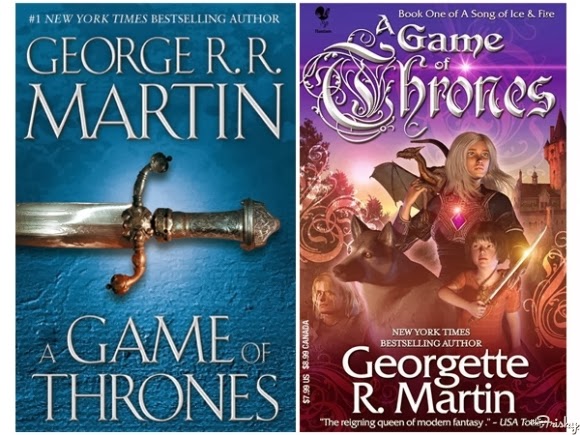
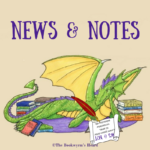






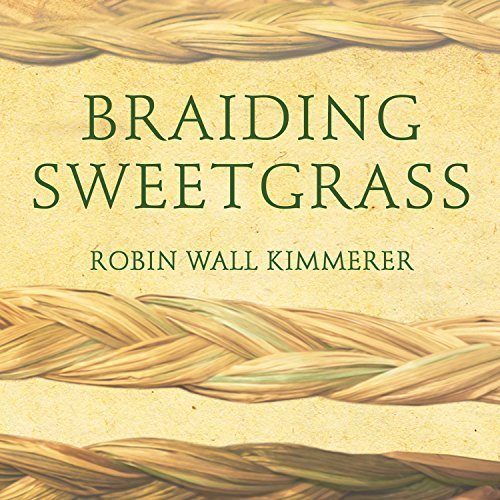
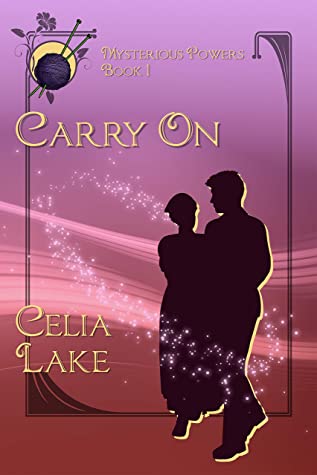

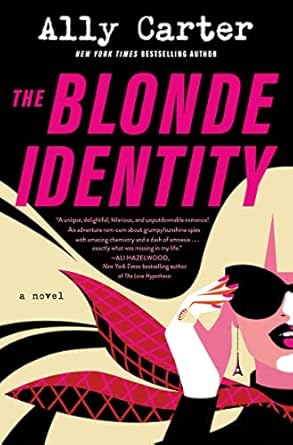
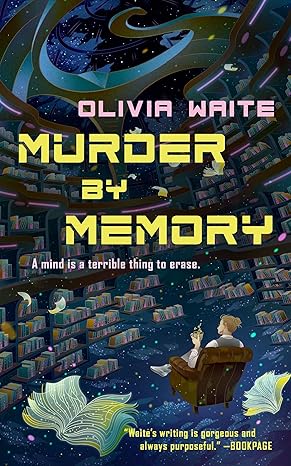
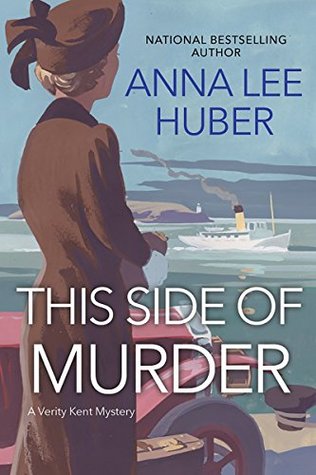
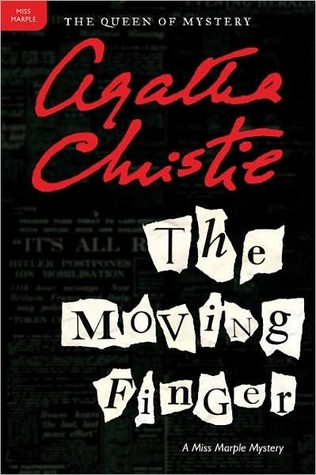
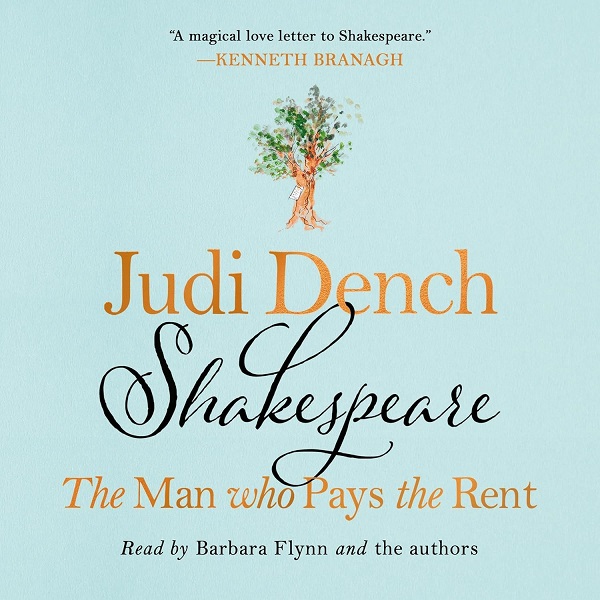
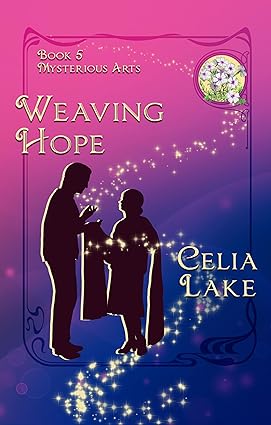
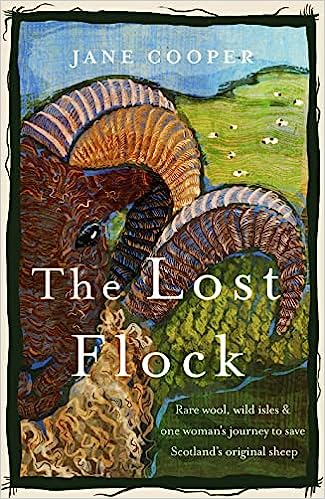
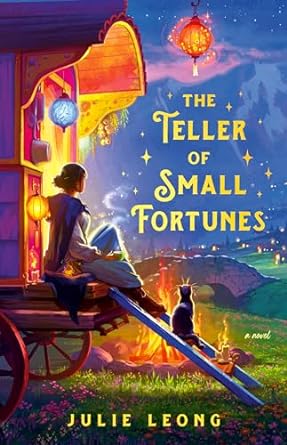
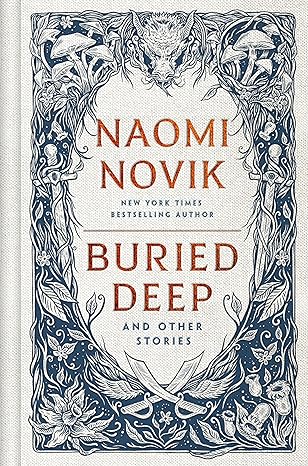
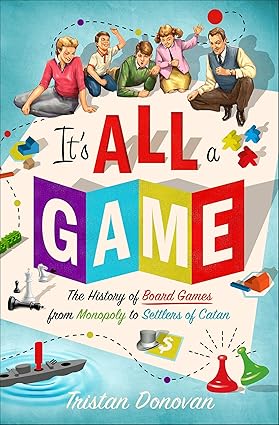
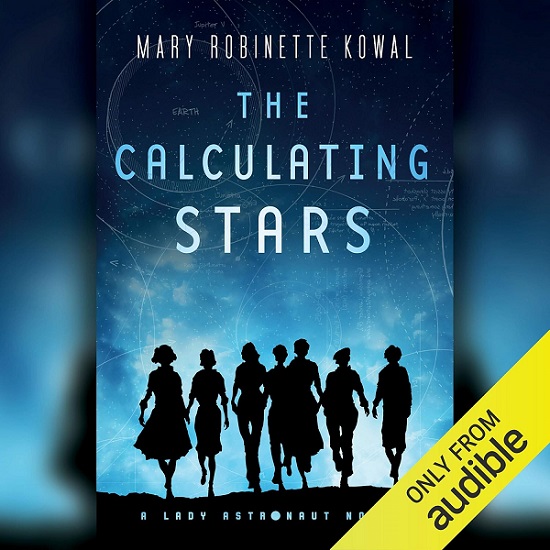
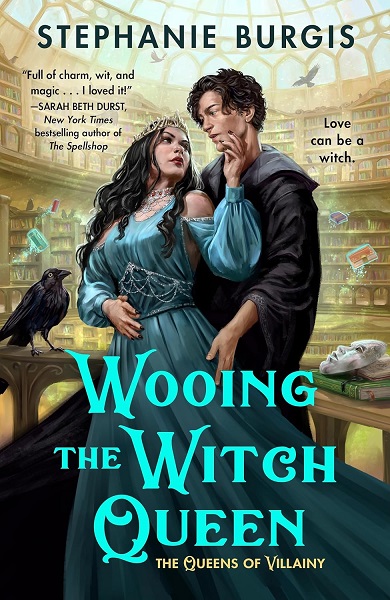
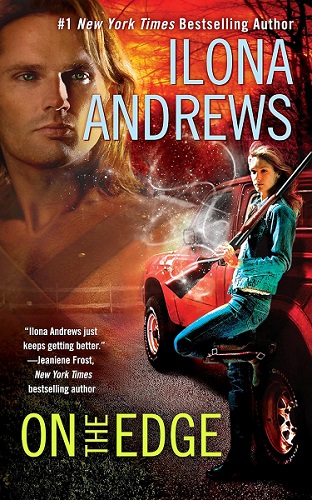
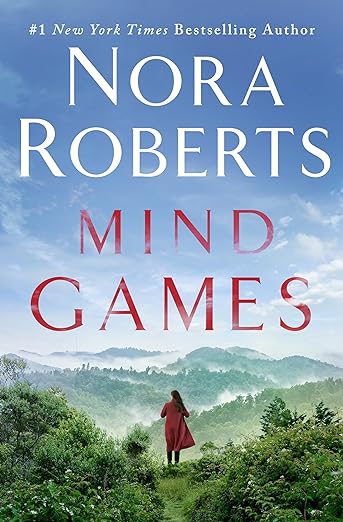
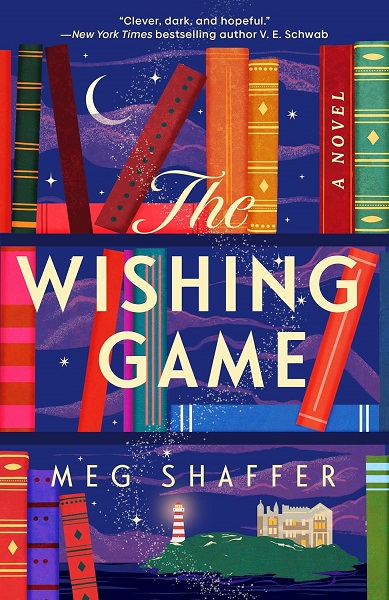
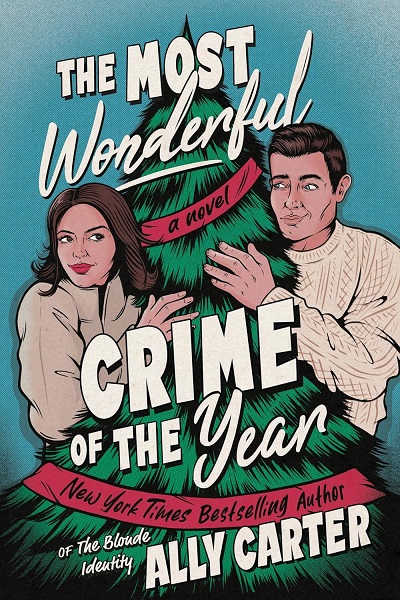
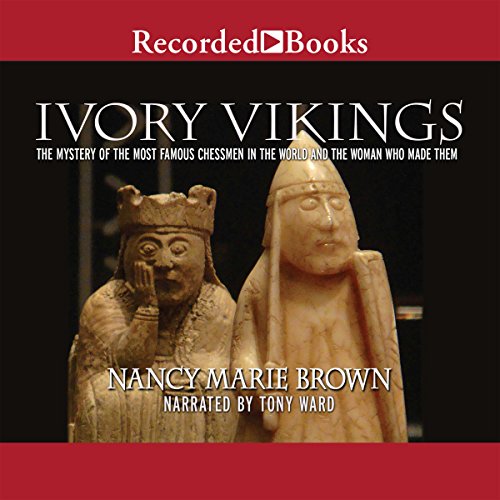

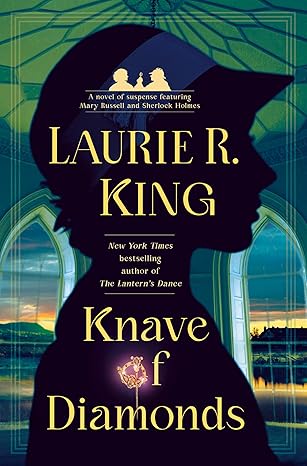
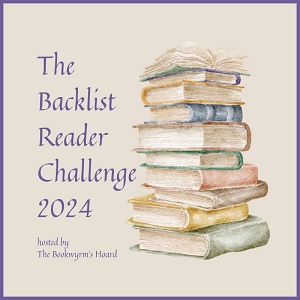


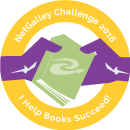


Pamela D
Great post! I’m tracking the number of books that I read by male and female authors this year. It is a shame that there continues to be such great disparity between male and female authors in this day and age.
Lark @ The Bookwyrm's Hoard
I hadn’t thought of tracking my reading… though in my case, there would be more female authors than male, I’m sure.
Greg
Nice post. I’ll have to go read the guest post by Kerr. You make a good point about the female authors writing more character- rich books back then. I read the Hardy Boys as a kid, and when I tired of those I tried the Trixie Belden books – they were the same deal, kids solving mysteries. I didn’t care that the main character was a girl. They were fun mysteries and that’s all that mattered. I mostly read sci fi/ fantasy after that. Andre Norton- read a LOT of her stuff, and some LeGuin as well. I always liked how in Norton’s stories the male and female characters would have to earn each other’s respect through their choices- honor and duty played a big role. Norton characters were different from a lot of the stuff written by male authors at the time, and I’m glad I grew up reading her.
Lark @ The Bookwyrm's Hoard
I devoured the Hardy Boys books and loved them (along with Nancy Drew and Judy Bolton and Trixie Belden), but it was so frustrating that there were no girls in them (or if there were, they were just placeholders, not real characters.) I loved Norton, but didn’t know she was a woman until I was in college. Once I knew, I could see it. And yes, I agree absolutely regarding how her characters had to earn each others’ respect. None of her major characters, male or female (or alien whatsit) were cardboard cutouts, and they were all interesting and complex. It’s too bad that her writing style can come across as a bit stilted these days; she’s fallen out of favor somewhat.
Jan @ Notes from a Readerholic
Excellent post, Lark. I read a lot of the same authors you did when I was a child. I don’t remember thinking authors were male or female when I was a child or young adult and many of the books I found just by happenstance as I browsed in our library.
For years I thought Andre Norton was a man (which I guess was why she used the name)! I read both Nancy Drew and the Hardy Boys, too. I read lots of adventure stories when I was a child as well as lots of books about animals (usually dogs) and those were usually by men and about boys or men. There were a lot of books mostly about dogs by an author called Col. S. P. Meek I loved and read when I was a child. As I recall the dogs and their owners often did heroic deeds! I was drawn to heroism and adventure and didn’t remember thinking about whether they male and female protagonists.
After I was an adult I spent a period of time only reading women mystery writers (which was all I read for awhile), because I was tired of reading male detectives. Then I went through a phase of sci fi and fantasy written only by women if I could find them (Anne McCaffrey, Ursula LeGuin, Elizabeth Moon). I read a lot of Robert Heinlein as a young adult and adult and I’ve always thought some of the women in his later books are really odd!
I also read somewhere a few years ago that men writing romance have to use a female pseudonym to get published! I don’t know if that is true or not, but it’s kind of funny!
Lark @ The Bookwyrm's Hoard
As a child, I don’t think I picked up on it that much, either… except that I distinctly remember being annoyed at the fact that there weren’t any girls to speak of in the Hardy Boys books. But as far as the overall observations, it was only after I reached my teens that I began to consciously recognize what I’d been subconsciously feeling all along. I was raised by a feminist mother and stepfather, both of whom tried to be aware of things like that, and I went to a Quaker high school, so many of my teachers were strong on equality and avoiding stereotypes as well.
Mystery is a genre I didn’t talk much about, but in general terms, it seems to me that more men write hardboiled, noir, or thrillers, while more women write cozies or mysteries in which the characters and emotions are front and center. But that’s a generalization and there are definitely big exceptions — and the gender ‘barriers’ are hazier than they used to be. With one exception: I find that men who write cozy mysteries quite often use their initials or a female pseudonym, just as men who write romances do (you were quite right about that.) In fact, romance may be even worse than SF used to be in terms of publisher and reader expectations about author gender.
Lark @ The Bookwyrm's Hoard
I meant to write “As a young child…” My awareness grew through middle school and built to a conscious recognition in my high school years.